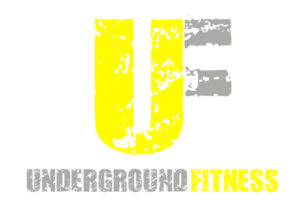Counting Fruit and Vegetables towards Carbohydrate Consumption.
The question has arose about counting fruit towards your carbohydrate intake. Fruit does contain sugar (carbs), but is also full of vitamins, minerals and are high in fibre. So yes, the carb levels of fruit are to be counted towards your daily intake. Only when small quantities are taken in (quarter glass juice, slice of apple), is it unnecessary to count them.
What to look at is what fruit you are taking in. Fruit juice for instance is the fuir minus the fibre, so if you are going for a drink, get the most out of it by making it a smoothie, or by keeping ‘the bits’ in. Due to the low levels of carbs needed initially when dieting, I would refrain from drinking any form of fruit juice not containing pulp.
Vegetables also contain carbs, but less of them (less sweet). This does not include potatoes or very coloured vegetables. Green vegetables have very little carbs. Due to the small amount of carbs in veg versus the energy needed to metabolise them, veg carbs do not need to be counted. Only when taken in vast amounts are their calories to be counted.

